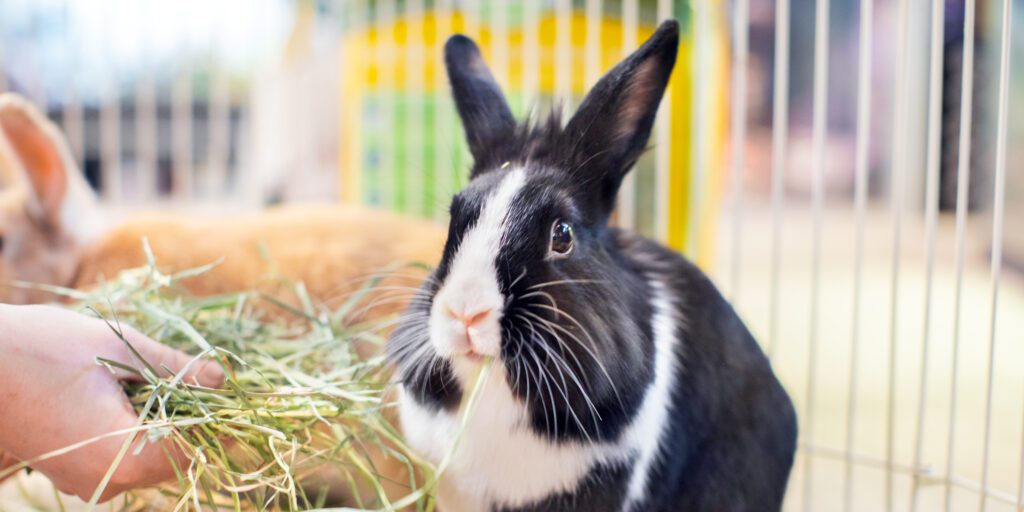Author: Kellie Hayden
Updated: August 15, 2024
Much like humans, small exotic animals can be susceptible to temperature extremes. You may have wondered how can you keep your pet small pet safe and comfortable during the warm summer months. Read on to learn more about some of our warm weather tips for exotic mammals.
Ideal Temperatures for Small Pets
What are the ideal temperatures for small exotic mammals? The temperatures listed here are the ideal ranges for ambient temperatures for different species.
- Rabbits and chinchillas thrive at 60-70º F (median 65º F).
- Guinea pigs, hamsters, and gerbils, do well in areas that are kept between 65-75º F (median 70º F).
- Ferrets are content at temperatures between 60-80º F (median 70º F).
- Rats thrive at 65-80º F (median 72.5º F).
- Hedgehogs and sugar gliders enjoy even warmer temperatures ranging between 75-85º F (median 80º F).

How to Keep Your Small Pet Comfortable in the Summer
Here are some easy ways to keep your pet cool during the hot summer months:
- Offer a frozen water bottle for your pet to lie near when they’re feeling the heat. Monitor your pet after placing the water bottle in their habitat. If they are excessively chewing on it, you may need to remove the bottle and try a different method.
- Place an untreated stone tile in your pet’s habitat to stand or rest on. Most pet stores sell tiles specifically for this purpose.
- Offer multiple small snacks of species-appropriate veggies and leafy greens from the refrigerator when daily temperatures are warmest. Keep excess water on these offerings after washing them so your pet has an additional opportunity for hydration.
- Keep your pet’s habitat and play area are away from direct sunlight.
- Include an area in your pet’s habitat where they can escape drafts or air flows they might find unpleasant (such as air from a fan, window, or A/C).
- Always provide two sources of clean drinking water. Some pets might drink more water in warmer temperatures, so be sure to check water levels throughout the day.
